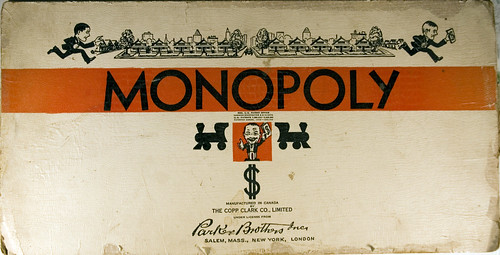MDA as explained in the article is a framework put together for game designers that illustrate the way in which the process of game design is mapped out. There are three different stages which describe the development phases, only one of which is in the hands of the designer to change and alter, whereas the other two stages relies solely on these changes and their effect on each other. Each of these stages are called mechanics, dynamics and aesthetics. My understanding from the article is that the Mechanics is the base of the game, then the dynamics of the game relies on how the mechanics interact and that the aesthetic is the feeling which the player feels whilst playing the game, influenced by the previous two stages. And now to the tools, what they are and what they do.
Next comes the dynamics of the game, this is the stage when the designer can see the way in which all the rules and mechanics interact with each other to create the most important stage of all. At this stage the designer cannot change the dynamics of the game directly however they can observe the behaviour of the dynamics and if small changes are needed to refine the dynamics, changes to the previous mechanics stage can be implemented thus changing the way the mechanics interact.
And finally the most important stage to a game designer, however it is also the hardest to create and manage accurately; the aesthetics stage. This the stage in which describes the way the player feels emotionally whilst playing the game. It is essentially the way the player feels during play, this is controlled by all the previous elements constructed together to give the final product. At this stage the designer has no control over the game and in fact it is published and is too far deep into production. This is where the importance of good design comes into play and here is where I will explain why the MDA framework is such an important tool for a designer.
The only stage the designer can completely access with full control is the mechanics stage but their target is to influence the player with emotion and feelings at the final stage. With this in mind it is up to the designer to look at the game design from the other side of the stick but instead of create mechanics for the game to get it to function blindly, but to think about what certain dynamics create a specific emotion. Such as claustrophobia could an emotion you wanted for a game, it would include minimised movement, small spaces, darkness and eerie music. A small quote from the article reiterates this point. "Thinking about the player encourages experience driven design"
From reading this article it has opened my eyes to a new way of designing game by looking from the players point of view. Considering the player before the designer seems to be a logical decision when your goal is to create a game for a player.
Photo acquired from:
http://www.nolithius.com/wp-content/uploads/2011/09/mda-small.jpg











